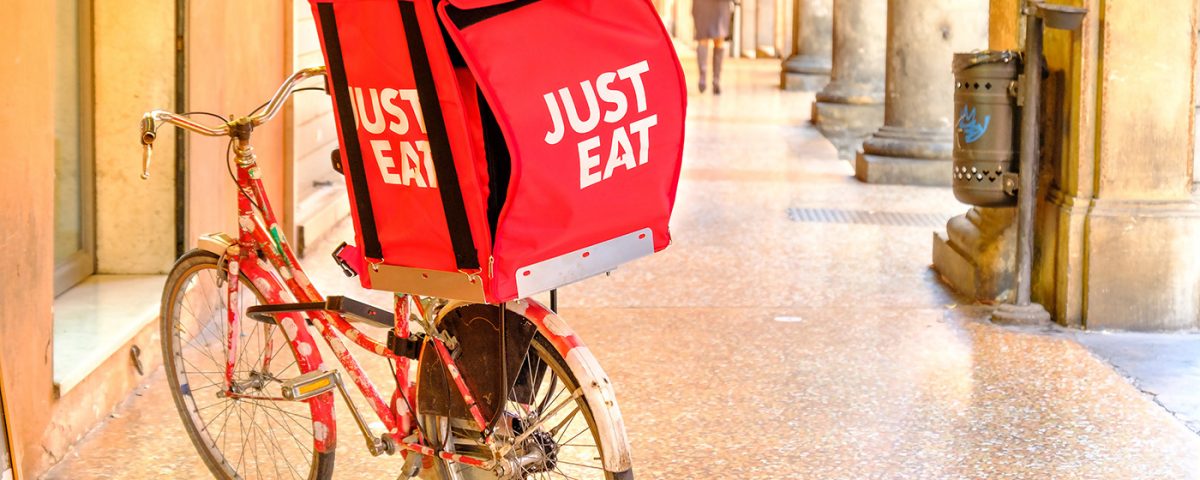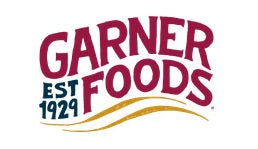
2018 Hot Menu Trends in Foodservice
December 13, 2017
New Texas Pete® Dust Dry Seasoning includes some of America’s fastest growing dry spices
June 4, 2018When Technomic announced last year that nearly half (44%) of restaurant meals were eaten away from the restaurant, it was a wake-up call for all.
After a year of flat to sagging sales in foodservice, operators began to wake up, led by Panera Bread. This bakery and sandwich operator hired thousands of new employees for the sole purpose of delivering meals, primarily to office and technical locations. The opportunity for growth leveraged delivery to increase eating occasions from once or twice a month to once a week for workers who would not or could not take time away for a lunch hour. The cost of hiring new employees at Panera was overshadowed by the chance to boost sales.
The growth of third-party delivery services has other operators facing a new challenge—perceived quality. Estimates are that upwards of 30% of orders through third-party delivery services are wrong. Transferring an order placed through Uber Eats or Doordash from a tablet to a restaurant’s POS system is largely the culprit. Consumers say they blame the restaurant for a wrong order or cold food, not the third-party delivery company. Operators are addressing the problems with software to accurately transfer the order to their POS system through companies such as Chowly and creating packaging that can keep hot things hot and cold things cold.
Special services for take-out are likewise seeing improvement as casual and fast casual chains are constructing and marketing online and mobile take-out and order-ahead options.
For independents, the trend toward off-premise dining is more important. Lack of resources and personnel to tackle the trend are less and time spent just maintaining on-premise quality is oppressive. All of the third-party delivery costs can’t be driven into the menu and independents don’t have the large number of units as chains to use as bargaining chips to negotiate better rates.
For manufacturers that supply food, packaging, and beverages to operators, they too must address off-premise trends. Portion control packets, sustainable packaging, and the fact that most off-premise offers can easily forget about a beverage are all issues that are important to growth. These issues are also germane to online and supermarket-driven meal kits.
Whether you call it a challenge or an opportunity, reality makes off-premise dining the number one challenge that operators—from C&U and B&I to big commercial chains—must face. Addressing the trend requires a team approach of the highest priority. For Panera Bread, their efforts saw the chain reach $1 billion in online sales in 2017 followed by a buy-out of Panera by a holding company at $315 per share in cash. The opportunity is there and the time to take action is now.


